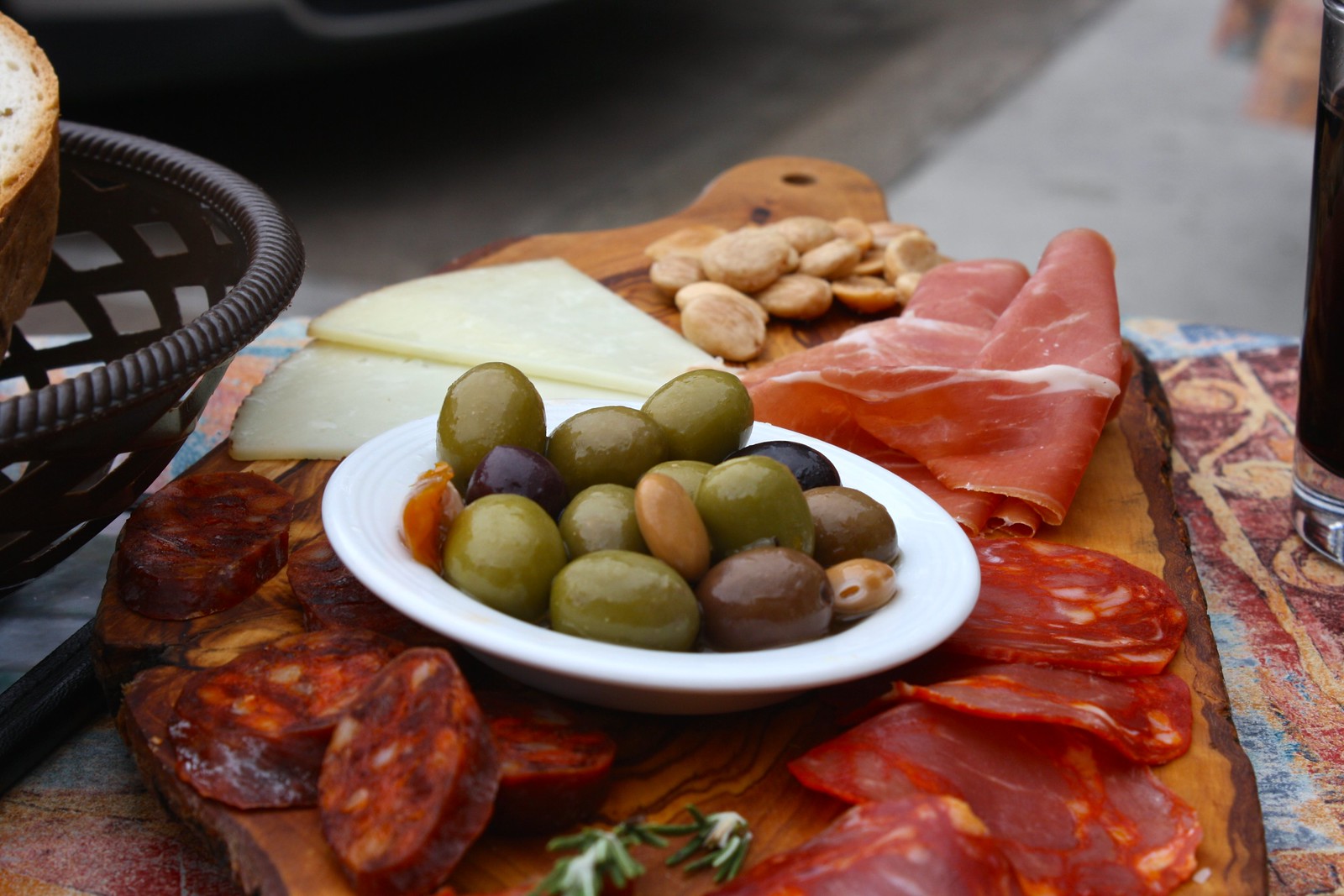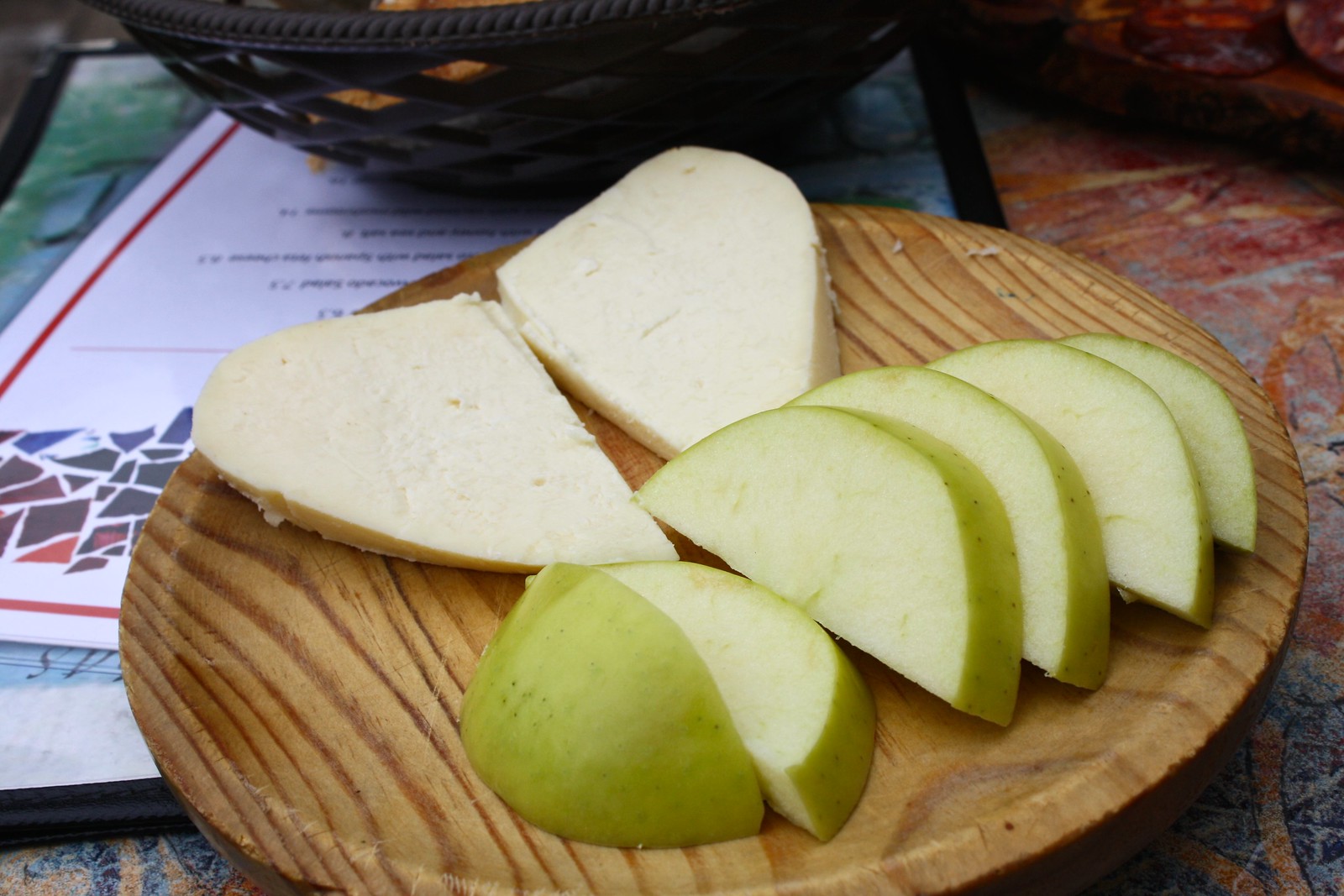A Taste of Spain in Dallas, Texas
The auxiliares de conversación program that lets English-speakers like me stay in Spain between October and May kind of leaves us hanging in the summer months, when I have inevitably come back home to Texas work at my summer job, save money, and spend time with my family.
To hold me over from my last menú del día meal in Madrid and to satisfy my love of Spanish painters, Dallas thankfully has a lot of Spanish-themed offerings, all within the same general area.
Set on the campus of Southern Methodist University in Dallas’ elite Park Cities enclaves, the Meadows Museum might be the premier collection of Spanish art outside of Spain. It opened in 1965 as a result of countless donations from the private collection of oilman Algur H. Meadows. As head of the Dallas-based General American Oil Company, he frequented the Spanish capital of Madrid in the 1950s, as his company was searching for oil reserves. While in Madrid, Meadows got to spend hours browsing the world-class Prado Museum and gained a lifelong appreciation for Spanish art.
The museum moved into its current location in 2001. This building blends in with the Classical Revival brick-and-stone structures on SMU’s campus but also recalls the stateliness of the Villanueva Building that houses the Prado itself.
To commemorate the grand opening of the new building, Spanish avant-garde architect Santiago Calatrava designed a sculpture visible from Bishop Boulevard: a series of 129 bronze beams that rise and fall, staggered one after the other to create a wave effect. Calatrava also designed the Margaret Hunt Hill Bridge that spans the Trinity River just outside of downtown Dallas.
The museum’s collection impressed me a lot, as it encompasses artifacts from medieval times like frescoes and medieval altarpieces, but it also includes works you would expect from Golden Age masters like El Greco, Velázquez, Ribera, and Murillo. You can also find paintings by famous Spanish artists like Goya, Sorolla, Miró, and, of course, Picasso.
Strolling through the museum’s halls takes around an hour, so it’s not the exhausting undertaking visiting Spain’s Prado is. In a happy coincidence, the Spanish word prado means “meadow”—the last name of the museum’s generous benefactor.
How to get there: The Meadows Museum is on the campus of SMU in University Park, a tiny enclave of Dallas at the intersection of U.S. Route 75 (Central Expressway) and Mockingbird Lane. It’s easy to get here via the Red, Orange, and Blue light rail DART lines, and Mockingbird Station has a shuttle (#743) that connects the train station, the museum, and the George W. Bush Presidential Library.
Barely five minutes’ drive south of the Meadows Museum, there’s an authentic Spanish-cuisine restaurant called Café Madrid. I’ve been going to this restaurant in the lively Knox-Henderson neighborhood for a couple years now, as it’s one of the few places to eat Spanish food in the DFW metroplex. I didn’t pass up the opportunity to stop by here this summer!
After checking out the exhibits in the Meadows Museum with a friend from college, we took our seats on a patio table at a very Spanish time for lunch, 2pm. We asked for a plato ibérico of some sausages, cured ham, cheese, almonds, and olives, as well as four croquetas (fried nuggets) and a plate of Galician cheese and apples—and I have to say that everything exactly tasted as it should.
I think the problem with most “Spanish” or “tapas” style restaurants in the U.S. is that they don’t accurately recreate the experience of dining in Spain—mainly because they’re so outrageously expensive! Restaurants here serve tapas (small plates) for the price of Spain-sized raciones (appetizers).
Those four vegetarian croquetas in the picture above? EIGHT dollars. They would have cost three, maybe four euros in Spain—or they would have been free with your drink. I understand that the meat-heavy plato ibérico might be a little pricey due to import costs, but charging $5 for a slice of Spanish tortilla is a scam.
Priciness aside, Café Madrid does make legit Spanish food—just be aware that this is a $$ restaurant.
How to get there: Café Madrid is located at 4501 Travis Street, a few blocks west of highway 75 and a short drive south from SMU. The 521 bus passes through this neighborhood on its way between the Mockingbird and City Place/Uptown DART light rail stations.
Oddly enough, another of Dallas’ handful of Spanish restaurants can be found just a few blocks away from Café Madrid! I came back to the Uptown Dallas area a few weeks ago to meet up with a friend I met in Galicia (we were both from Dallas? whoa!) and we ordered some fried calamari (calamares fritos), croquetas, and a small Spanish tortilla (but it was the entire omelet, not just a slice).
While the croquetas were as delicious as they should be, the breading was a little too coarse and thick. The fried calamari was a lovely reminder of one of Spain’s typical but little-talked-about dishes, and the ali-oli sauce was so very savory. My friend and I weren’t to keen on the tortilla, though; it had all the right ingredients—eggs, potatoes, onions—but something about it was off, as if they poured beaten eggs into the frying pan and then sprinkled the veggies on instead of mixing it all up in a bowl first.
How to get there: Sangría Tapas and Bar is located at 4524 Cole Avenue, just around the corner from Café Madrid. The 521 bus stops a few yards away from the restaurant, so you’re good to go!
Have you ever tried Spanish food in America? Was it terrific or terrible? Tell me how you fared in the discussion below!

 |
| Plato Ibérico from Café Madrid |
To hold me over from my last menú del día meal in Madrid and to satisfy my love of Spanish painters, Dallas thankfully has a lot of Spanish-themed offerings, all within the same general area.
Meadows Museum
 |
| The Wave by Santiago Calatrava |
Set on the campus of Southern Methodist University in Dallas’ elite Park Cities enclaves, the Meadows Museum might be the premier collection of Spanish art outside of Spain. It opened in 1965 as a result of countless donations from the private collection of oilman Algur H. Meadows. As head of the Dallas-based General American Oil Company, he frequented the Spanish capital of Madrid in the 1950s, as his company was searching for oil reserves. While in Madrid, Meadows got to spend hours browsing the world-class Prado Museum and gained a lifelong appreciation for Spanish art.
 |
| Galleries |
The museum moved into its current location in 2001. This building blends in with the Classical Revival brick-and-stone structures on SMU’s campus but also recalls the stateliness of the Villanueva Building that houses the Prado itself.
To commemorate the grand opening of the new building, Spanish avant-garde architect Santiago Calatrava designed a sculpture visible from Bishop Boulevard: a series of 129 bronze beams that rise and fall, staggered one after the other to create a wave effect. Calatrava also designed the Margaret Hunt Hill Bridge that spans the Trinity River just outside of downtown Dallas.
 |
| St. Francis Kneeling in Meditation by El Greco |
The museum’s collection impressed me a lot, as it encompasses artifacts from medieval times like frescoes and medieval altarpieces, but it also includes works you would expect from Golden Age masters like El Greco, Velázquez, Ribera, and Murillo. You can also find paintings by famous Spanish artists like Goya, Sorolla, Miró, and, of course, Picasso.
Strolling through the museum’s halls takes around an hour, so it’s not the exhausting undertaking visiting Spain’s Prado is. In a happy coincidence, the Spanish word prado means “meadow”—the last name of the museum’s generous benefactor.
How to get there: The Meadows Museum is on the campus of SMU in University Park, a tiny enclave of Dallas at the intersection of U.S. Route 75 (Central Expressway) and Mockingbird Lane. It’s easy to get here via the Red, Orange, and Blue light rail DART lines, and Mockingbird Station has a shuttle (#743) that connects the train station, the museum, and the George W. Bush Presidential Library.
Café Madrid
 |
| Croquetas! |
Barely five minutes’ drive south of the Meadows Museum, there’s an authentic Spanish-cuisine restaurant called Café Madrid. I’ve been going to this restaurant in the lively Knox-Henderson neighborhood for a couple years now, as it’s one of the few places to eat Spanish food in the DFW metroplex. I didn’t pass up the opportunity to stop by here this summer!
After checking out the exhibits in the Meadows Museum with a friend from college, we took our seats on a patio table at a very Spanish time for lunch, 2pm. We asked for a plato ibérico of some sausages, cured ham, cheese, almonds, and olives, as well as four croquetas (fried nuggets) and a plate of Galician cheese and apples—and I have to say that everything exactly tasted as it should.
 |
| Galician tetilla cheese |
I think the problem with most “Spanish” or “tapas” style restaurants in the U.S. is that they don’t accurately recreate the experience of dining in Spain—mainly because they’re so outrageously expensive! Restaurants here serve tapas (small plates) for the price of Spain-sized raciones (appetizers).
Those four vegetarian croquetas in the picture above? EIGHT dollars. They would have cost three, maybe four euros in Spain—or they would have been free with your drink. I understand that the meat-heavy plato ibérico might be a little pricey due to import costs, but charging $5 for a slice of Spanish tortilla is a scam.
Priciness aside, Café Madrid does make legit Spanish food—just be aware that this is a $$ restaurant.
How to get there: Café Madrid is located at 4501 Travis Street, a few blocks west of highway 75 and a short drive south from SMU. The 521 bus passes through this neighborhood on its way between the Mockingbird and City Place/Uptown DART light rail stations.
Sangría Tapas and Bar
Oddly enough, another of Dallas’ handful of Spanish restaurants can be found just a few blocks away from Café Madrid! I came back to the Uptown Dallas area a few weeks ago to meet up with a friend I met in Galicia (we were both from Dallas? whoa!) and we ordered some fried calamari (calamares fritos), croquetas, and a small Spanish tortilla (but it was the entire omelet, not just a slice).
While the croquetas were as delicious as they should be, the breading was a little too coarse and thick. The fried calamari was a lovely reminder of one of Spain’s typical but little-talked-about dishes, and the ali-oli sauce was so very savory. My friend and I weren’t to keen on the tortilla, though; it had all the right ingredients—eggs, potatoes, onions—but something about it was off, as if they poured beaten eggs into the frying pan and then sprinkled the veggies on instead of mixing it all up in a bowl first.
How to get there: Sangría Tapas and Bar is located at 4524 Cole Avenue, just around the corner from Café Madrid. The 521 bus stops a few yards away from the restaurant, so you’re good to go!
Have you ever tried Spanish food in America? Was it terrific or terrible? Tell me how you fared in the discussion below!
